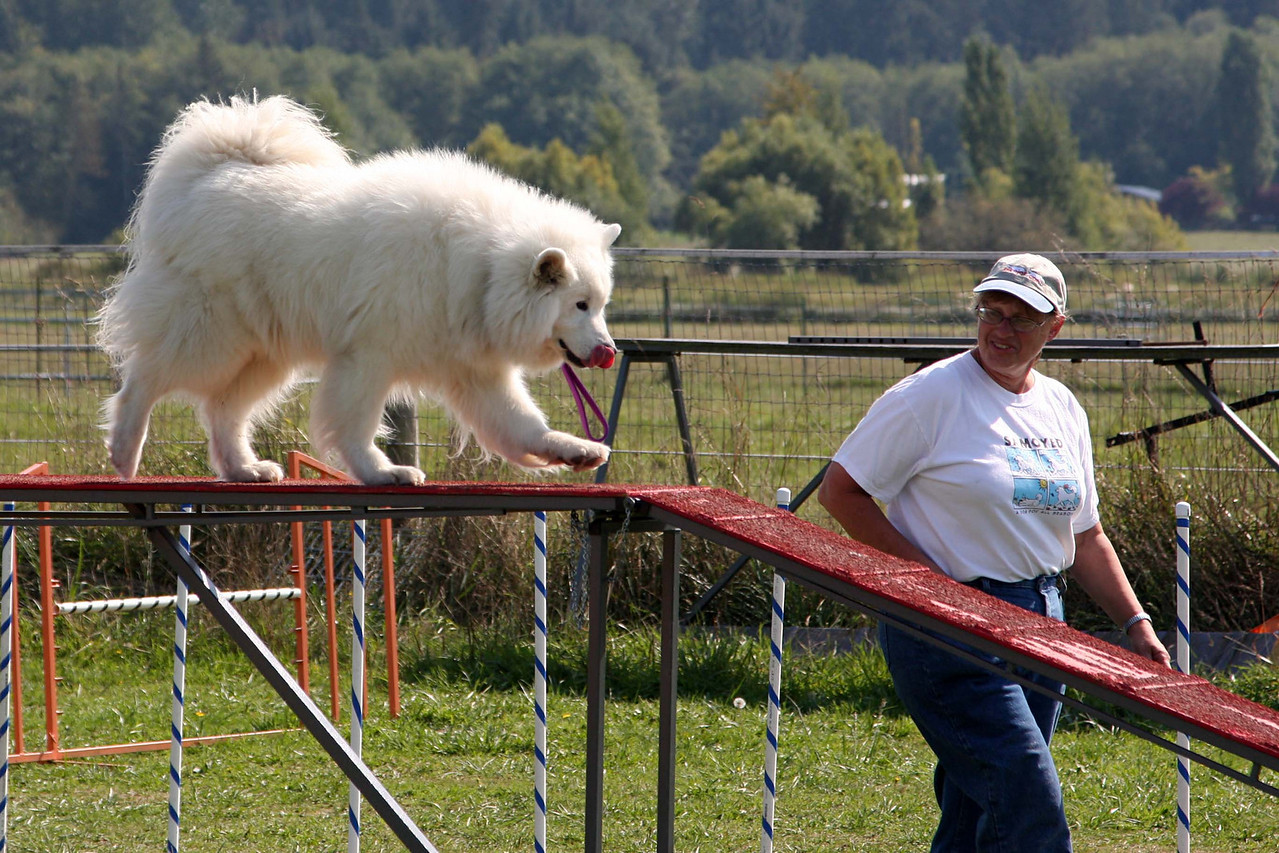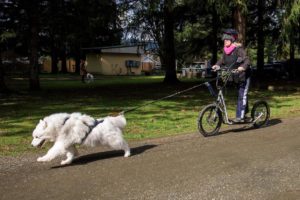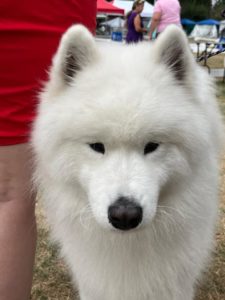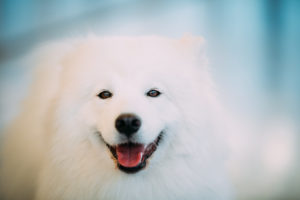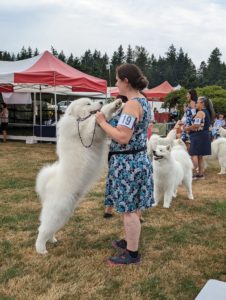Dog Terms Defined
Dog Terms Defined
Ask AKC
with Lisa Peterson
June 2007
Dear Lisa: While reading about characteristics of a Labrador Retriever I found many terms I didn’t understand. Where can I find these words defined: short-coupled, stop, withers, brisket, and hock? Does the AKC site include a dictionary? – Definition Desire
Dear Definition: Many of the terms used to describe the parts of the dogs come from horse vocabulary as many of the early purebred dogs breeders where avid horsemen and breeders. For example, George Washington, an accomplished equestrian, was not only the father of our country, but the father of the American Foxhound.
In the back of AKC’s The Complete Dog Book is a glossary of canine terms as well as several excellent diagrams (one anatomical and one skeleton) on the parts of a dog. This handy reference is also available online at www.akc.org/about/glossary.cfm.
But to give you an idea how important it is to know the parts of a dog, since they are all connected I will define the terms you asked about and some others.
Short-coupled means the when the distance between the last rib and the beginning of the hindquarters (known as the loin) is relatively short.
Stop – The step up from the muzzle (The head in front of the eyes: nasal bone, nostrils, and jaws) to the back of the skull; indentation between the eyes where the nasal bones and cranium meet.
Withers – Highest point of a dog’s shoulders.
Hock – The tarsus or collection of bones of the hind leg forming the joint between the second thigh and the metatarsus. This is the ankle in the man.
Brisket – Usually refers to the sternum, but in some breed standards it refers to the entire thorax. Okay, you may ask what’s a sternum, breed standards and thorax? Under sternum it says see breastbone.
Breastbone – a row of eight bones that form the floor of the chest.
Parts is Parts
A major advantage to knowing the parts of the dog is that it will help you when researching the right breed for your lifestyle. While reading the breed standards (A word picture describing how the perfect dog of a breed should look, move, and behave.) you can determine what size, grooming requirements and temperament it will be because of the predictability of purebred dogs since breeders look to the standard when making breeding decisions.
Also, having a working knowledge of all parts of the dog will help you navigate around your best friend especially when checking its physical health. This has many advantages, especially when talking to your vet you can tell her that Fido’s left rear hock appears swollen or that he’s been stung by a bee on his stop.
© 2007 The American Kennel Club, Inc.


